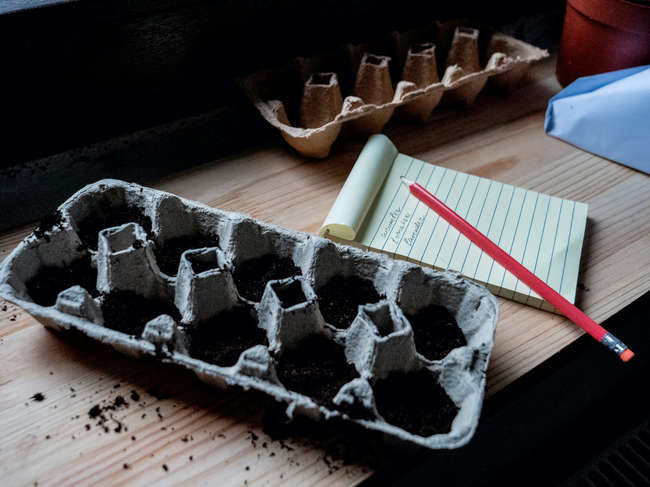

We may earn revenue from the products available on this page and participate in affiliate programs. Learn More ›
Home Advice You Can Trust
Tips, tricks & ideas for a better home and yard, delivered to your inbox daily.
Maximize Gardening Efficiency
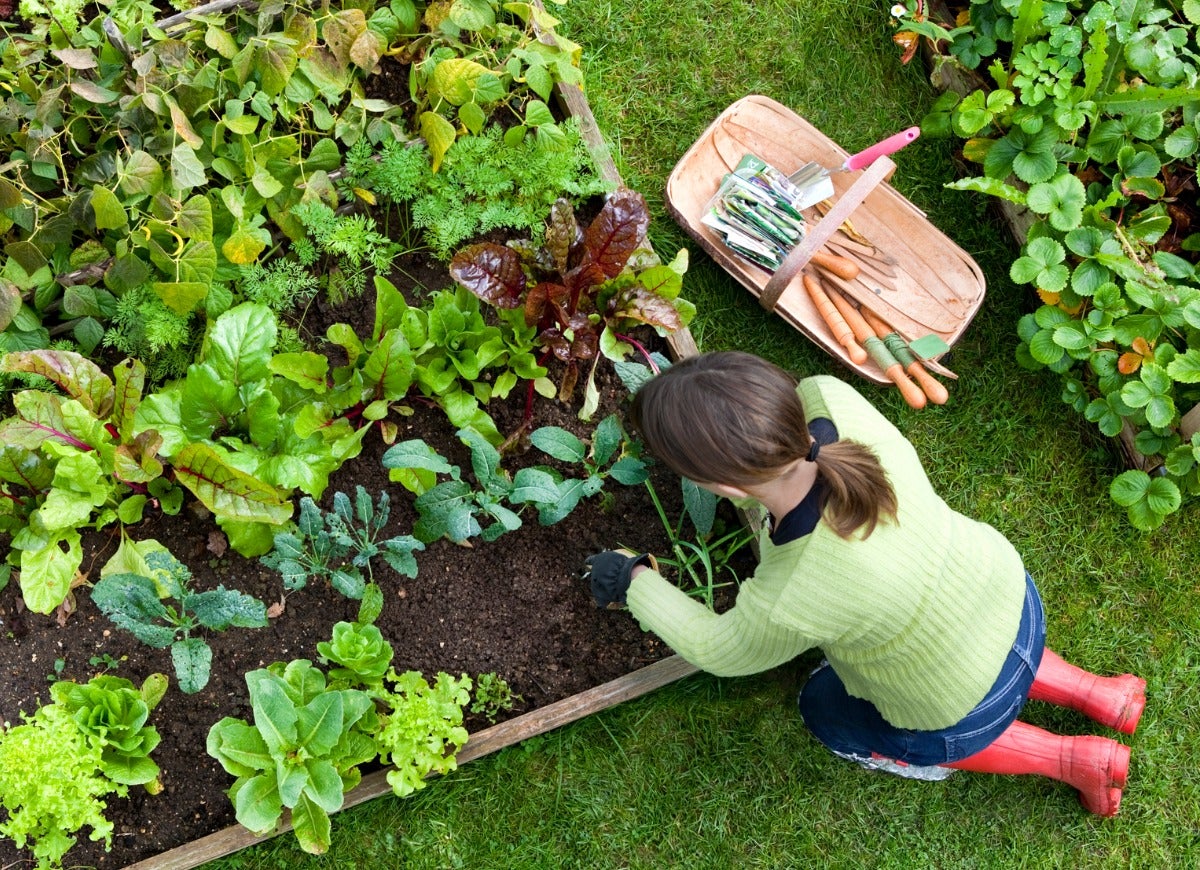
Starting plants indoors allows gardeners to get a significant jump on the growing season. In many USDA plant hardiness zones, it’s just not possible to direct seed certain varieties. Tomatoes, for instance, require a long growing season. In some zones, waiting to sow the seeds until after the last frost means the plants may not produce juicy, plump tomatoes by the time the chilly weather comes around.
It’s a good rule of thumb to nurture slow-growing plants indoors, and direct-seed plants that grow quickly or don’t love to be transplanted. By direct seeding specific plants, you can save space indoors and begin outdoor gardening as soon as the soil warms.
Here are the plants you should seed directly into the garden, rather than starting them indoors.
Carrots
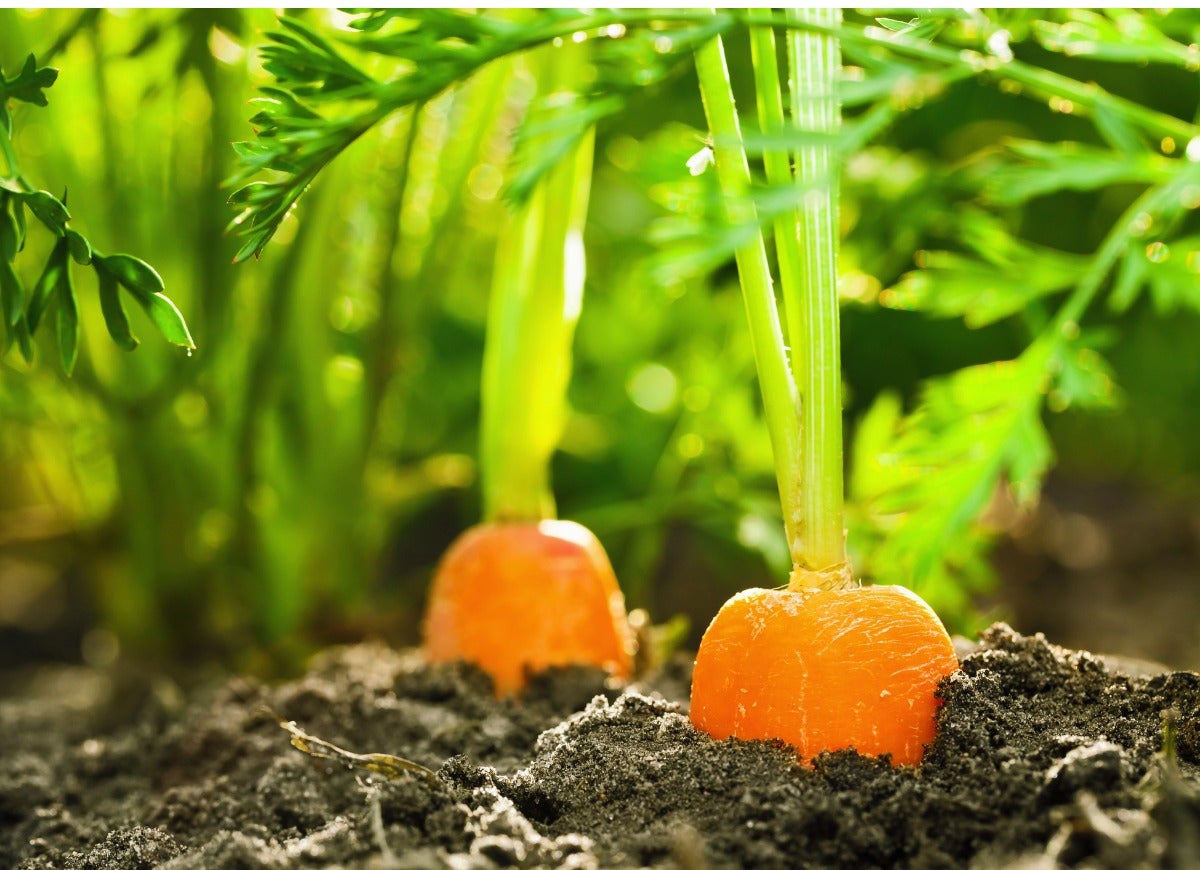
Never bother starting carrots indoors. Because of their long taproot, they hate being transplanted. You can transfer them outside, but the process is tedious and there’s a good chance you’ll end up with misshapen carrots. It’s a lot easier to direct seed these Vitamin A-packed veggies and thin them out as needed.
When to direct seed carrots: A few weeks before your last frost date.
Beets
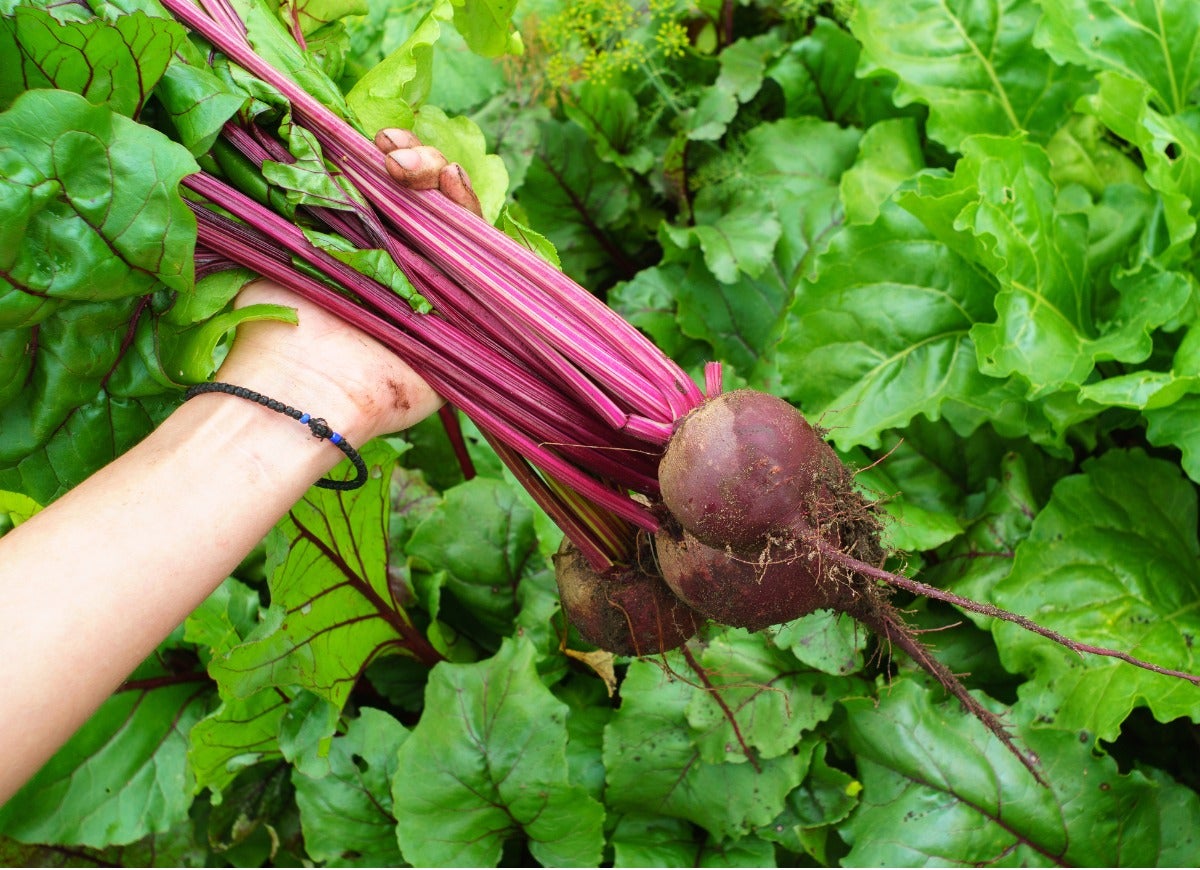
While beets transplant more easily than carrots, you’re better off dedicating your indoor space to tomatoes, peppers, eggplant, and other nightshades. Beets are easier to transplant once they’re established, but novice gardeners will likely have better luck direct sowing them.
When to direct seed beets: Sow them about a month before the last frost.
Squash
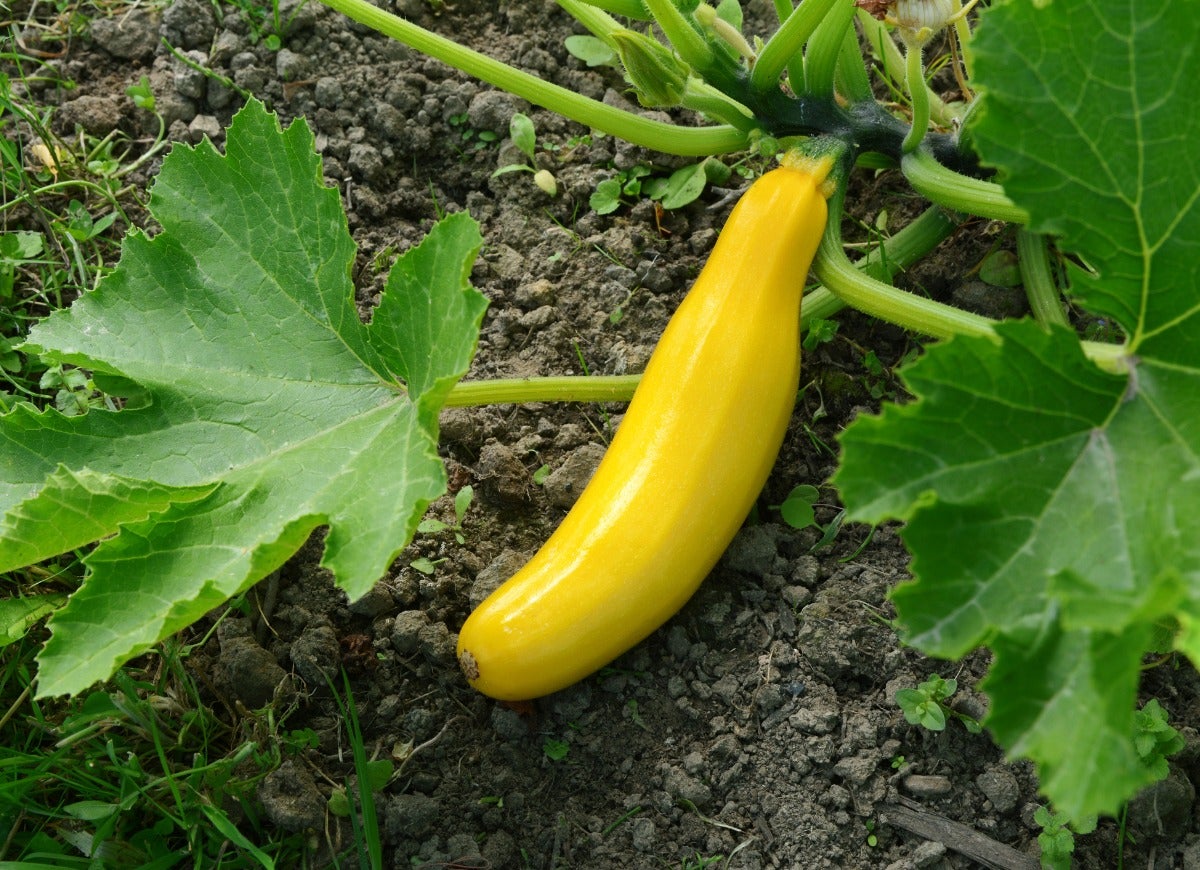
Squash is one of those vegetables that grows remarkably quickly and produces a lot in a short amount of time. The other thing about squash is that it is a bit of a wildcard in terms of transplanting: Everything could turn out for the best, but there’s also a high risk that the stress of being transplanted will weaken the plant and make it susceptible to pests and disease.
When to direct seed squash: When there’s zero risk of frost.
Zinnias
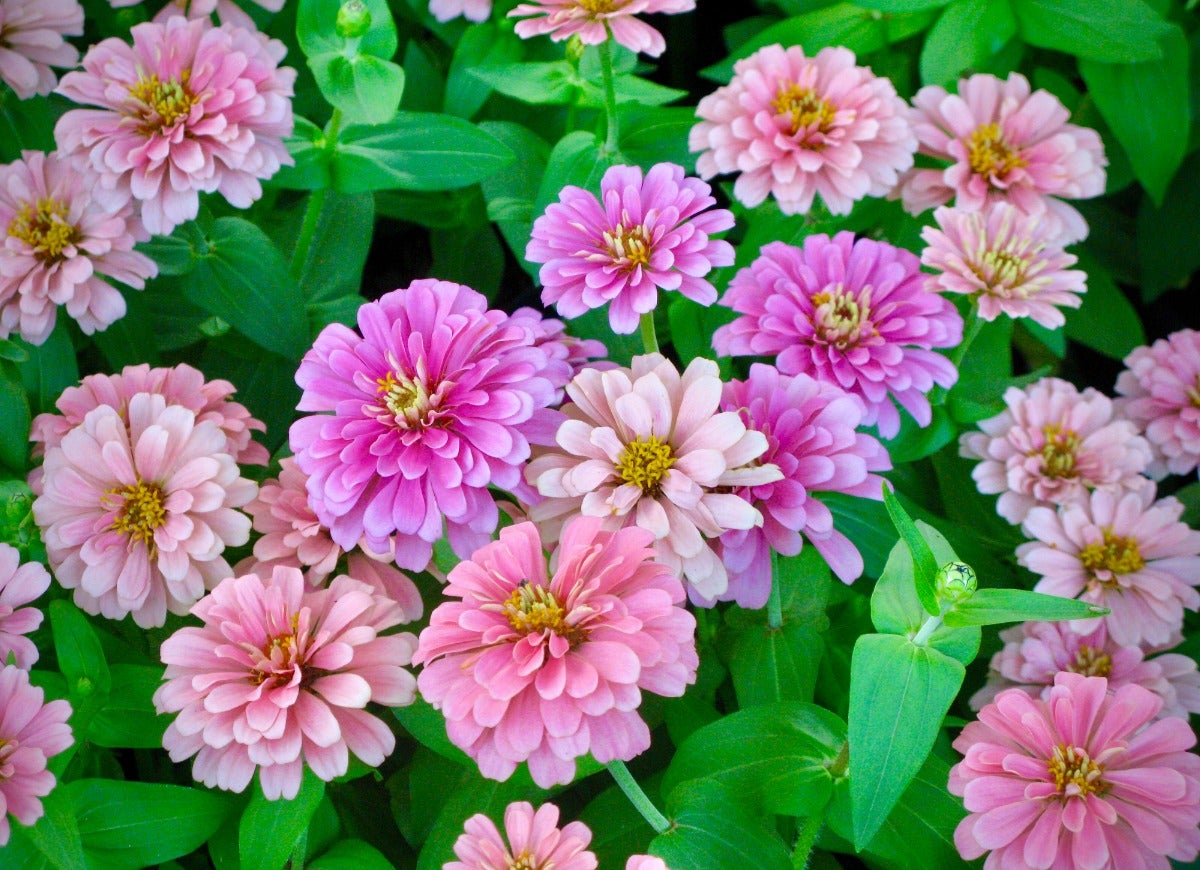
These pretty and prolific annual flowers add a burst of color and vibrance to the garden. They are ultra-easy to grow from seed and bloom all summer long, and often well into the fall. It’s better to direct sow zinnias right where you want them because they don’t like having their roots disturbed.
When to direct seed zinnias: After the last frost date for your USDA zone.
Radishes
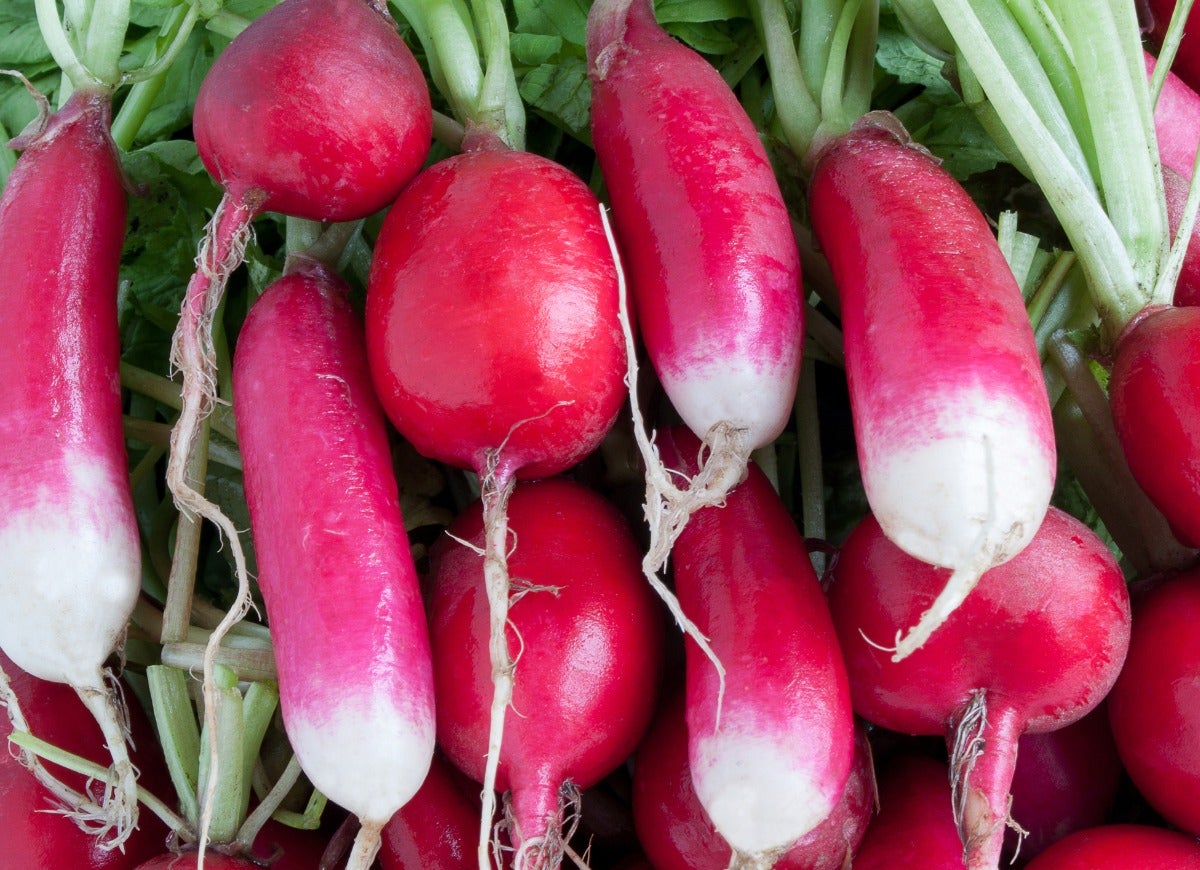
You could technically start radishes indoors, but they grow so quickly that it’s a lot more convenient to sow them in place. Transplanting them can disturb the roots and prolong the growing process, so direct seed them is a good idea. After all, half the fun of planting radishes is harvesting them before anything else in the garden.
When to direct seed radishes: About 3 to 6 weeks before the last frost date.
Turnips
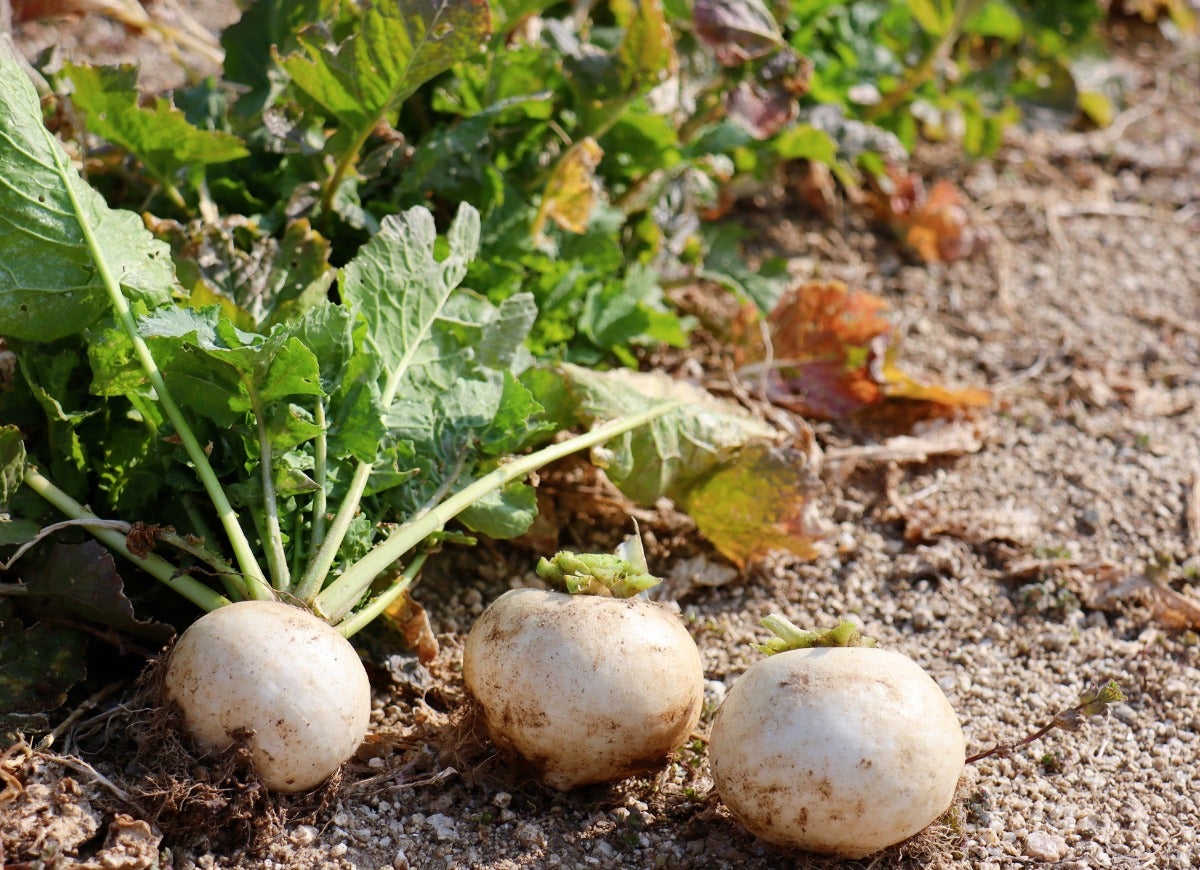
It should come as no surprise that these root vegetables are on this “do not start inside” list. Root veggies don’t like to be transplanted, and moving them disturbs the roots, stresses the plant, and slows growth. Rutabaga is the one exception to this rule: Because this root veg takes so long to mature, gardeners in cooler regions may need to start seedlings well before the spring.
When to direct seed turnips: A few weeks before the last frost.
Dill
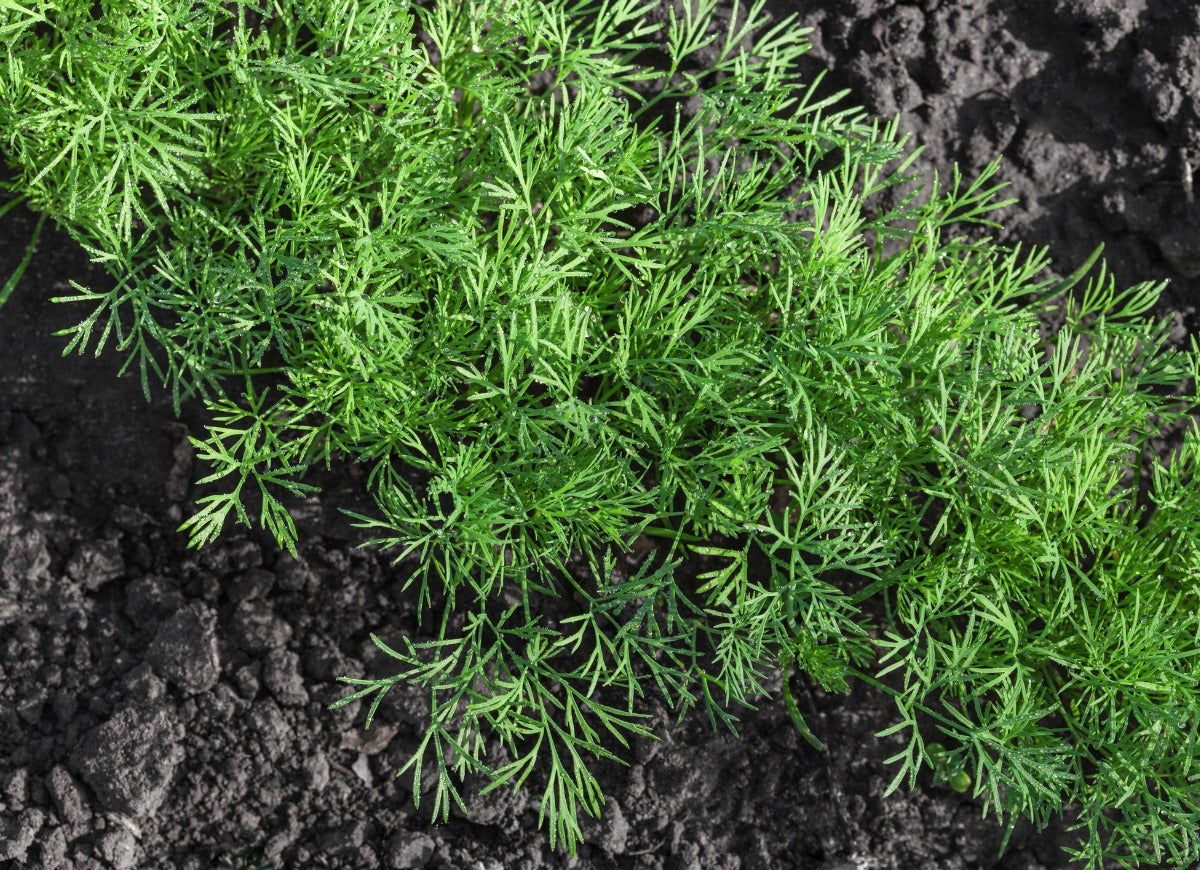
Dill belongs to the Apiaceae family, which makes it a cousin to the carrot. Like the humble carrot, this herb also has an exceptionally long taproot that makes it difficult to transplant successfully. To transplant dill without killing it, you must keep the roots totally undisturbed—a rather challenging task!
When to direct seed dill: When there’s no risk of frost, preferably after the last frost date for your zone.
Butterfly Weed
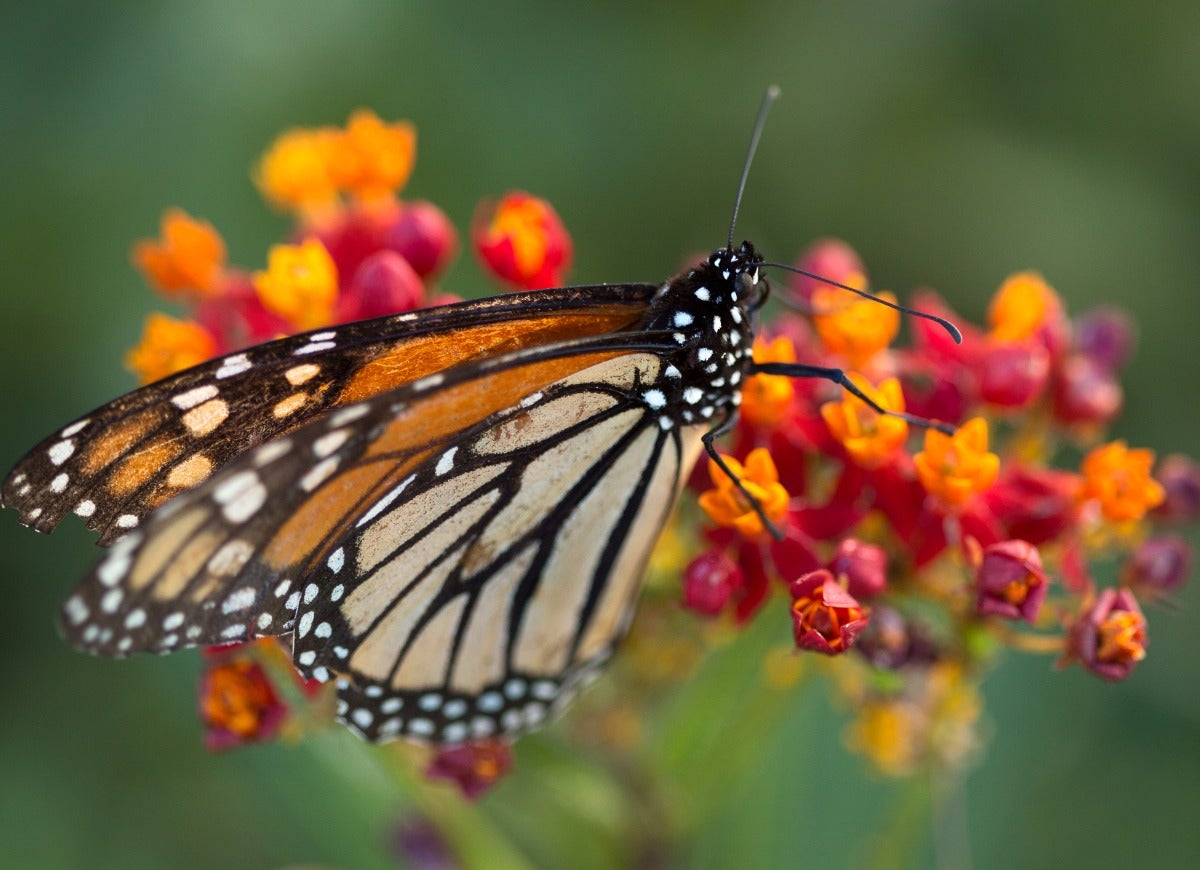
Butterfly weed, also known as milkweed, has a very long taproot that doesn’t take well to transplanting. The perennial plant is best sown directly in the garden, in a sunny spot. If you’re planting milkweed to attract monarch butterflies, look for swamp milkweed and common milkweed.
When to direct seed butterfly weed: This flower seed needs a stratification period to weaken its hard coating so it’s best sown in the fall, right after the final frost.
Peas and Beans
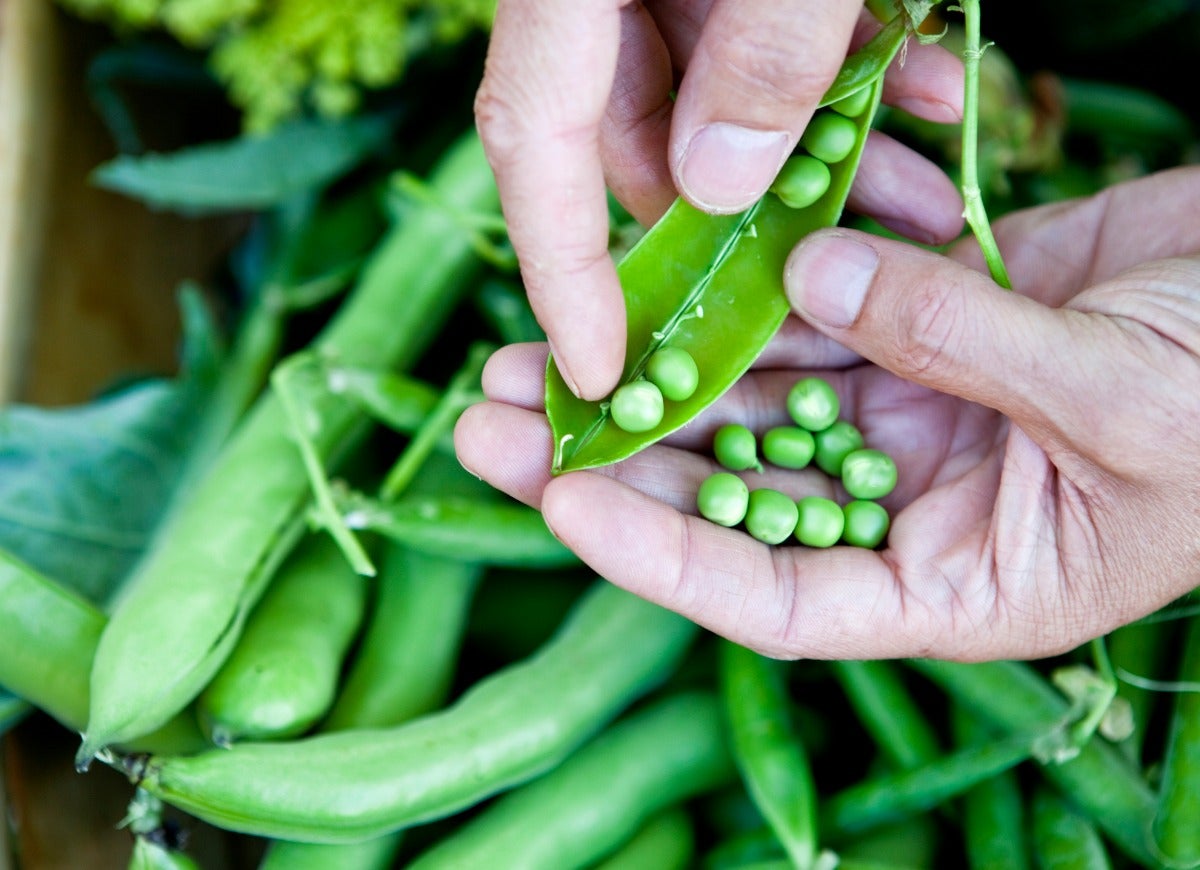
Peas do really well sown directly in the garden. In many cool climates, they’re the first thing gardeners plant outside in the spring. Starting them early won’t save you too much time. Beans don’t like to be moved because the small roots tend to break during the transplanting process. Make sure to sow them where they’ll remain until they’re harvested.
When to direct seed peas: In the spring, as soon as the soil can be worked.
When to direct seed beans: About a week or two after the last frost date for your zone.
Poppies
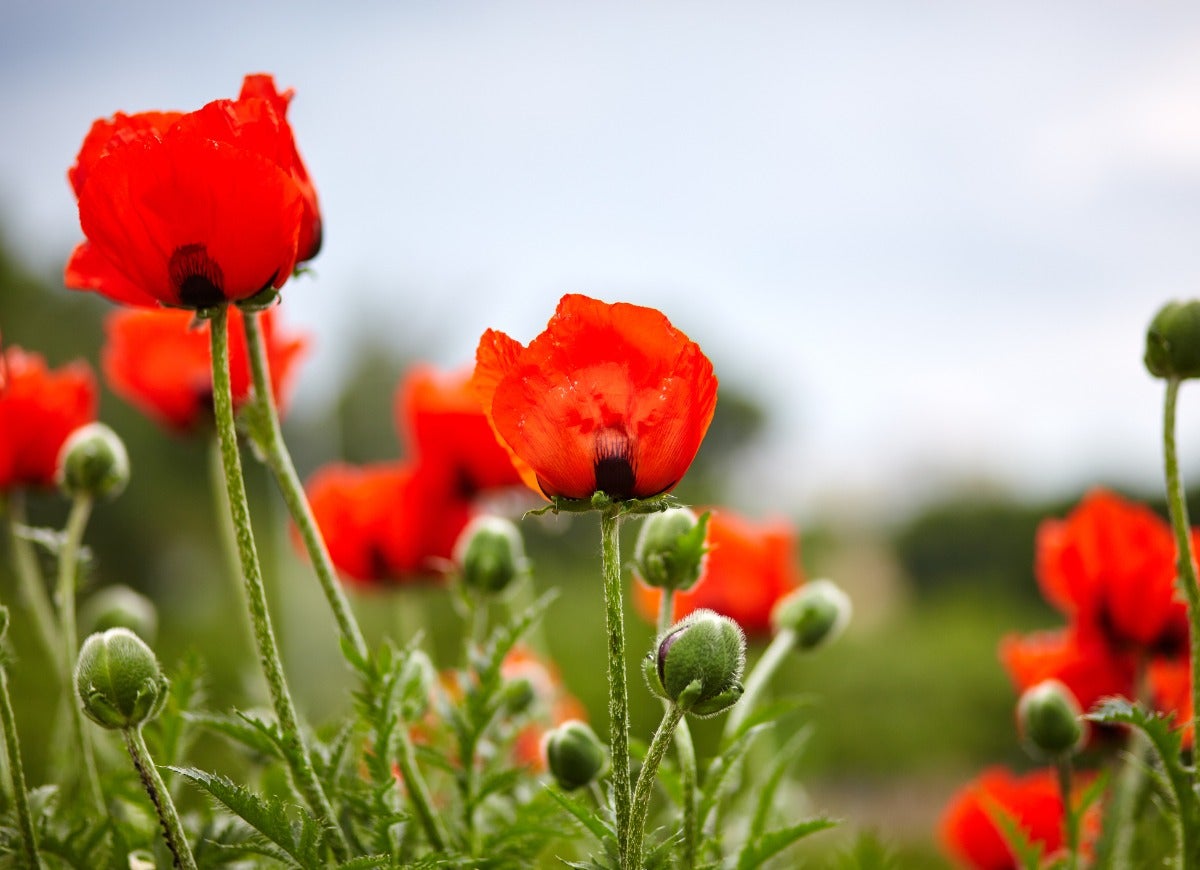
Like carrots and dill, poppies also have long taproots. That’s why planting them directly in the garden is ideal. To move an established poppy plant from one area of your garden to another, you’ll need to dig quite deep so you don’t disturb the long root.
When to direct seed poppies: Sow in the fall or winter to ensure seeds experience a natural freeze and thaw cycle. They can also be sown in spring, a month before your zone’s last frost date.
Nasturtiums
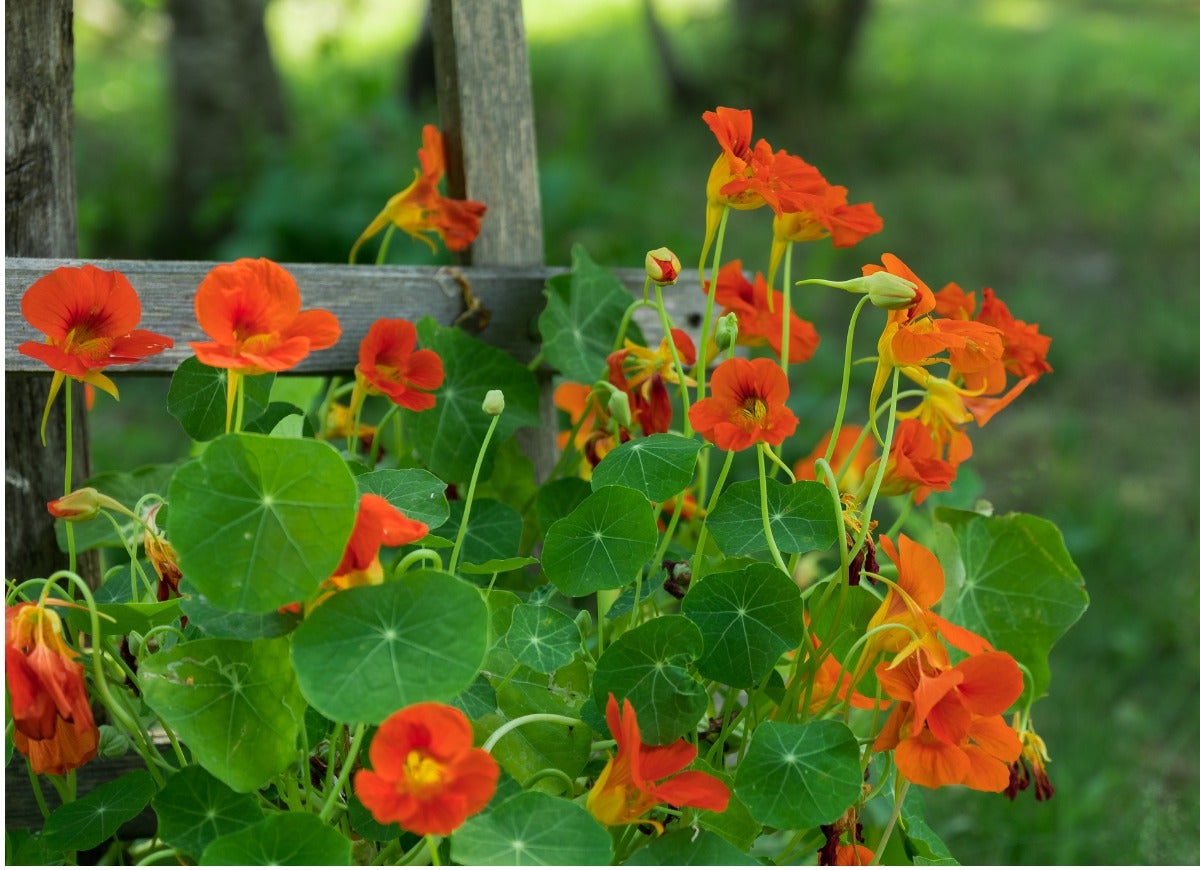
Gardeners usually have better luck direct sowing these colorful annuals because nasturtiums’ sensitive taproots don’t transplant well. Although these flowers are fussy about being moved, they don’t mind living in poorer soils. Nasturtiums grow pretty quickly, so planting them right in the garden doesn’t much limit bloom time.
When to direct seed nasturtiums: About 2 weeks before the last frost date in the spring.

All You Need to Care for Your Lawn & Garden
Keeping your grass green and your plants thriving doesn’t just take a green thumb—it starts with the right tools and supplies.